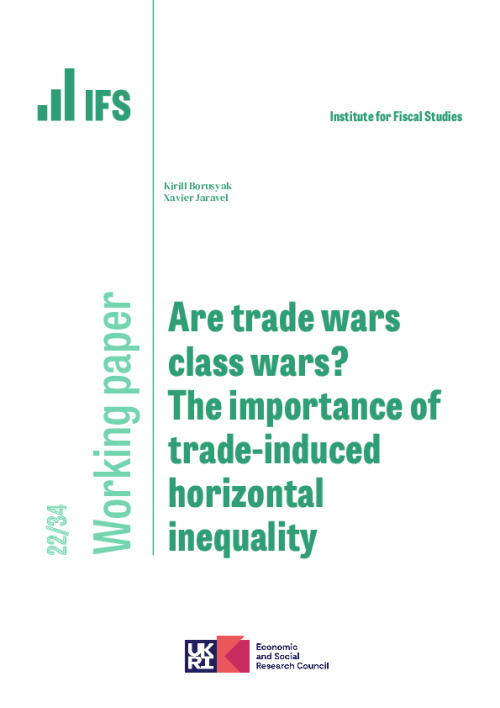What is the nature of the distributional effects of trade? This paper demonstrates conceptually and empirically the importance of “trade-induced horizontal inequality,” i.e. inequality brought about by trade shocks that occurs among workers with the same level of earnings prior to the shock. While this type of inequality does not affect the income distribution, it generates winners and losers at all income levels and may thus affect political support for trade policy. To quantify the horizontal inequality and changes in the income distribution induced by trade in a data-driven way, we develop a characterization of the welfare impacts, governed by simple and intuitive statistics of labor market and consumption exposure to trade. This characterization holds in a class of quantitative trade models allowing for a broad set of preferences, including non-homothetic, and production functions. Taking this framework to U.S. data, we find substantial heterogeneity in exposure and thus in the welfare effects of trade shocks across workers, with horizontal inequality as the dominant force. Over 99% of the variance of welfare changes from trade shocks arise within income deciles, rather than across. This finding runs against a popular narrative that “trade wars are class wars.”










